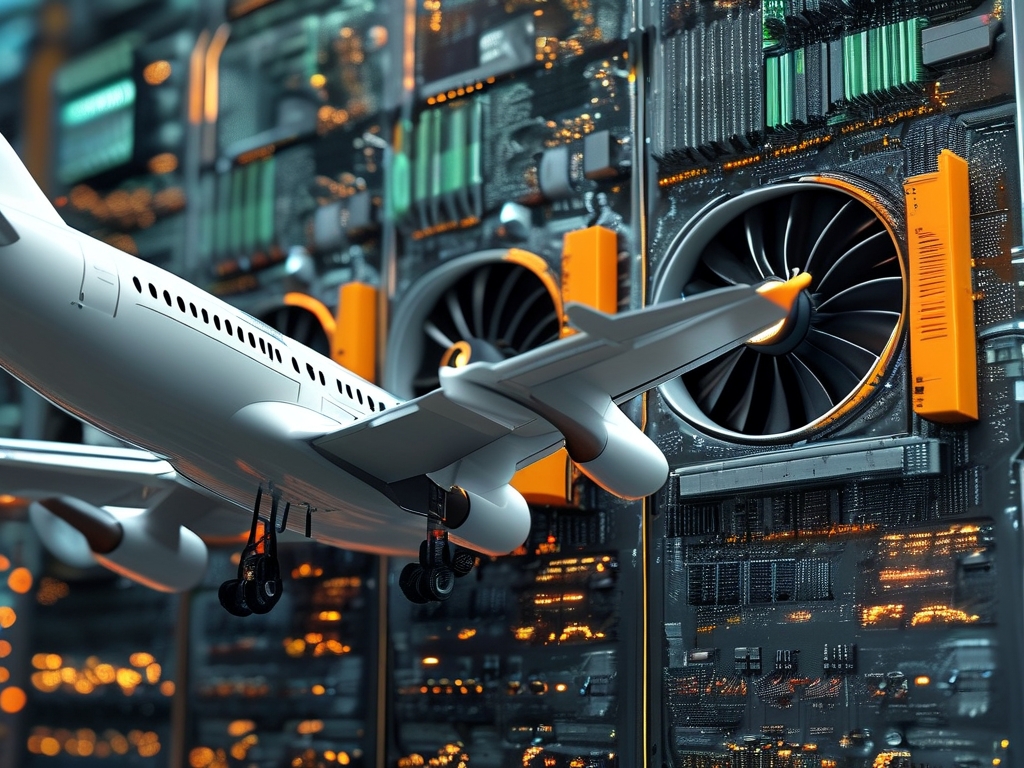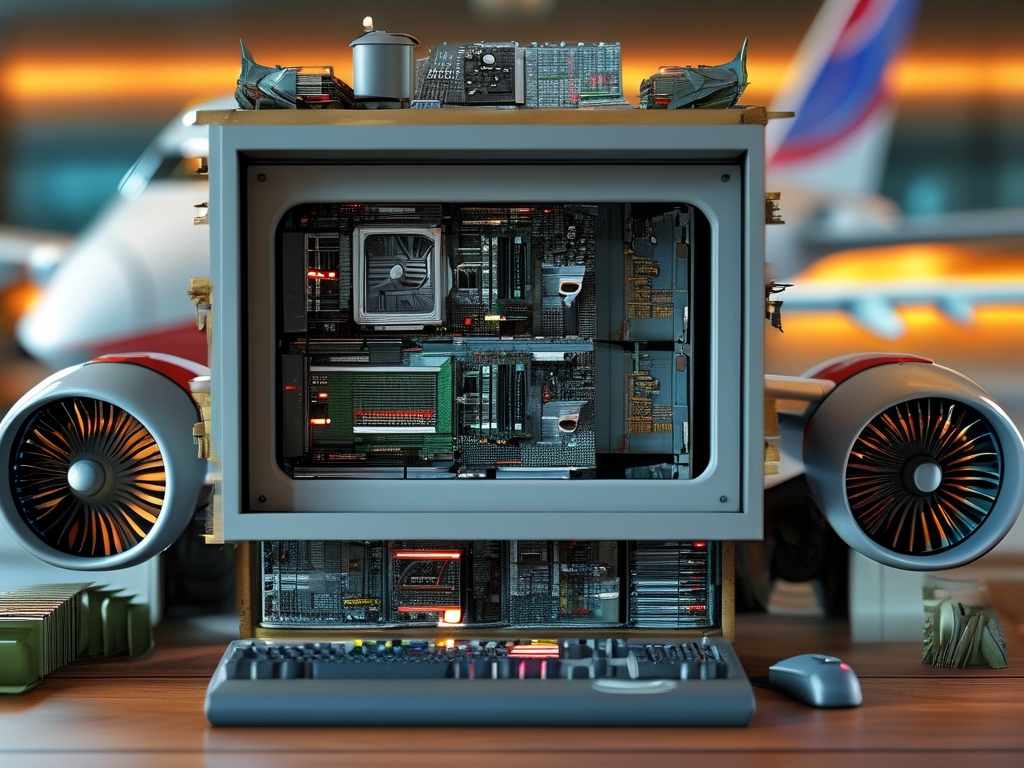The question of how much memory aircraft computers require might seem technical at first glance, but it sits at the heart of modern aviation safety, efficiency, and innovation. From commercial airliners to military jets, onboard computers manage everything from flight controls to in-flight entertainment. But determining the "right" amount of memory involves balancing competing priorities: reliability, real-time performance, redundancy, and future-proofing. Let’s dive into the complexities of this critical aviation topic.

The Role of Computers in Modern Aircraft
Modern aircraft rely on integrated modular avionics (IMA) systems, which consolidate multiple functions into centralized computing platforms. These systems handle:
- Flight Control Systems: Autopilot, fly-by-wire controls, and stability augmentation.
- Navigation: GPS, inertial guidance, and collision avoidance.
- Engine Monitoring: Real-time data analysis for fuel efficiency and fault detection.
- Communication: Data links between aircraft, ground control, and satellites.
- Passenger Systems: In-flight entertainment (IFE) and cabin management.
Each subsystem demands specific memory resources. For example, flight control computers prioritize speed and deterministic behavior over raw storage, often using specialized real-time operating systems (RTOS) with minimal memory overhead. In contrast, IFE systems require larger storage capacities for multimedia content and passenger data.
Memory Requirements: Breaking Down the Numbers
Aircraft computers use two primary types of memory: volatile RAM for temporary data processing and non-volatile memory (e.g., SSDs) for long-term storage.
- Flight Control Computers: These critical systems typically operate with 4–16 GB of RAM. While this may seem modest compared to consumer devices, avionics software is optimized for efficiency. Redundant systems run in parallel, doubling or tripling memory needs for fault tolerance.
- Navigation & Communication: Systems like the Air Traffic Control (ATC) datalink require 8–32 GB of storage for maps, weather data, and software updates.
- IFE Systems: Modern passenger jets allocate 1–4 TB of storage for movies, games, and Wi-Fi caching.
The Boeing 787 Dreamliner, for instance, uses approximately 7 million lines of code across its avionics and onboard systems, requiring hundreds of gigabytes of combined memory. Military aircraft like the F-35 fighter jet take this further, with mission computers using radiation-hardened memory modules to withstand extreme conditions.
Safety vs. Performance: Why "Enough" Isn’t Straightforward
Aircraft memory isn’t just about capacity—it’s about reliability and certification. Aviation regulators like the FAA and EASA impose strict standards (e.g., DO-178C for software and DO-254 for hardware). Memory must:
- Operate flawlessly across temperatures from -55°C to 70°C.
- Resist electromagnetic interference (EMI) and radiation.
- Guarantee data integrity for decades without corruption.
Adding more memory introduces complexity. For example, larger storage increases the attack surface for cybersecurity threats. Similarly, volatile memory requires rigorous testing to prevent single-event upsets (SEUs) caused by cosmic rays at high altitudes.
The Future: AI, Connectivity, and Memory Demands
Emerging technologies are pushing memory requirements higher:
- AI-Powered Systems: Predictive maintenance and autonomous flight systems require machine learning models stored in non-volatile memory.
- Real-Time Data Sharing: Connected aircraft generate terabytes of data daily for cloud analysis, necessitating onboard caching.
- Electric & Hybrid Aircraft: These next-gen planes rely even more heavily on software for energy management.
Experts predict that by 2030, commercial aircraft may need 10–20 TB of total memory to support advanced AI and connectivity features. However, this growth must align with weight and power constraints—every gram matters in aviation.
: A Delicate Equilibrium
Determining "enough" memory for aircraft computers isn’t a one-size-fits-all equation. It’s a dynamic balance between current operational needs, safety margins, and future scalability. As aviation continues to innovate, memory will remain a pivotal—yet often overlooked—cornerstone of flight technology.



